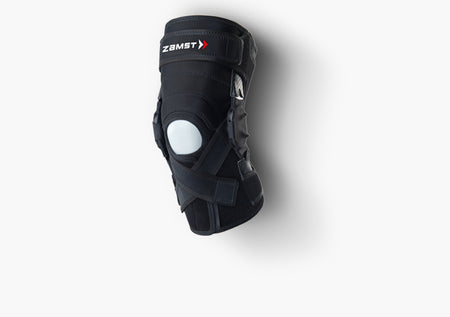
What is Plantar Fasciitis?
Plantar fasciitis is a foot condition that is characterized by inflammation and pain of the plantar fascia which runs along the bottom of your foot, connecting the heel bone to your toes. It typically causes stabbing pain near the heel which can make walking difficult. In fact, the first steps in the morning are usually the most painful or after prolonged rest periods.
Risks factors for plantar fasciitis can include obesity, inactive lifestyle, working on hard surfaces, repetitive jumping, high or low arches and limited flexibility of the Achilles tendon/calf.
Plantar fasciitis can start very subtle and mimic soreness for a while. The longer it goes untreated the harder it is to treat.

Why does is happen?
Plantar fasciitis typically occurs due to repetitive strain on the bottom of the foot (plantar fascia). This can lead to microtrauma (small tears) in the tissue causing pain and leading to dysfunction. This can result from various factors including:
Overuse: Engaging in activities that involve repetitive stress on the feet, such as jumping, landing, cutting or standing for long periods of time
Foot mechanics: This can be factors such as excessive flat feet or high arch or abnormal walking patterns
Poor footwear: Wearing shoes with inadequate support and poor cushioning
Tight muscles: If the calf and Achilles tendon are tight and limit the foot’s ability to flex it can leading to plantar fasciitis
In the sports world, plantar fasciitis is often seen in runners, basketball and volleyball players.

What are the symptoms?
Symptoms of plantar fasciitis can vary but typically include a pattern of the following:
- 1.Heel pain: This is by far the most common symptom and the pain is typically sharp or stabbing in the bottom of the heel
- 2.Pain with stretching: There is typically pain with lengthening the plantar fascia
- 3.Pain with tenderness: The heel or bottom of the foot is usually painful
- 4.Difficulty walking: The biggest sign is the first steps in the morning which can be the most painful
- 5.Stiffness: The bottom of the foot may feel stiff and/or the calf/Achilles tendon which limits the foot’s ability to flex
These symptoms can vary in intensity from mild discomfort to severe pain. Pain can develop very gradually over time or can suddenly happen after a particular activity.
How Long Does it Take to Heal?
The healing time for plantar fasciitis can vary depending on various factors, including the severity of the condition, how the individual response to treatment and adherence to recommendations.
Mild cases of plantar fasciitis: May improve within weeks to a couple of months
Severe cases of plantar fasciitis: Can range from months to a year or more
Consistency in following the prescribed treatment plan and any recommendations for special shoe wear can improve the condition and lessen the time for healing.
TREATMENT
The treatment for plantar fasciitis typically involves a combination of conservative measures aimed at reducing pain, inflammation, improving mobility and strength. Here are three treatment options for plantar fasciitis.
Physical Therapy:
This will include manual therapy, stretching, strengthening exercises, gait (walking) assessment, ice and footwear modification.

Night Splints:
Typically, in cases that moderate to severe pain the use of night splints can be warranted. This will maintain a gentle stretch on the plantar fascia and calf muscles while sleeping which can reduce pain and stiffness in the morning.

Shockwave therapy: This is a non-invasive treatment option that uses shockwaves to stimulate healing and reduce pain.


PT, DPT, MS
Evan Jeffries
EVAN JEFFRIES is a physical therapist with a Doctorate in Physical Therapy (DPT) from the University of St. Augustine for Health Sciences. He has vast knowledge of the musculoskeletal system and has treated many orthopedic conditions by bringing a proactive approach to healthcare and lifestyle.
Brace Finder
Looking for a brace that best suits you? Dive into the Brace Finder and find the best brace for your symptom.

 Canada
Canada China
China France
France Korea
Korea







